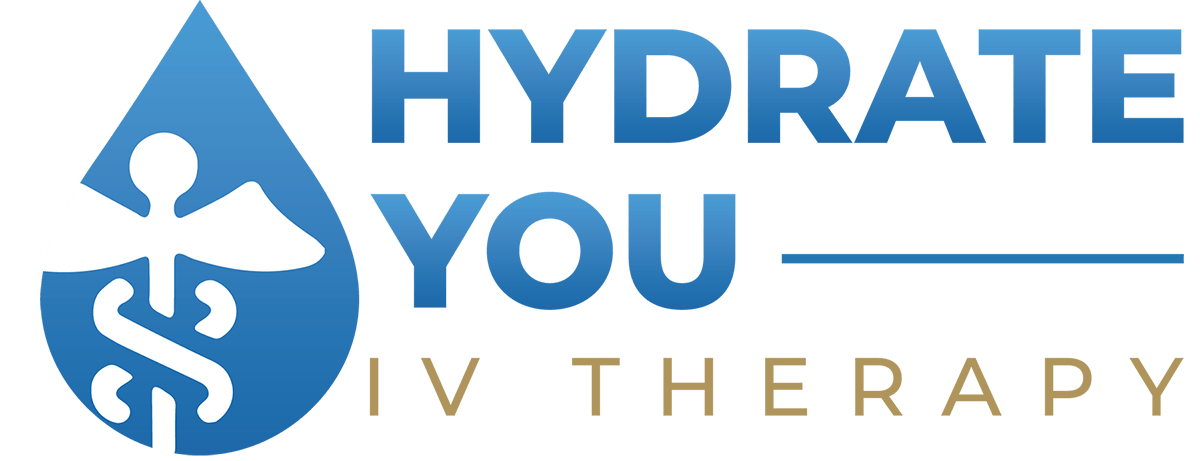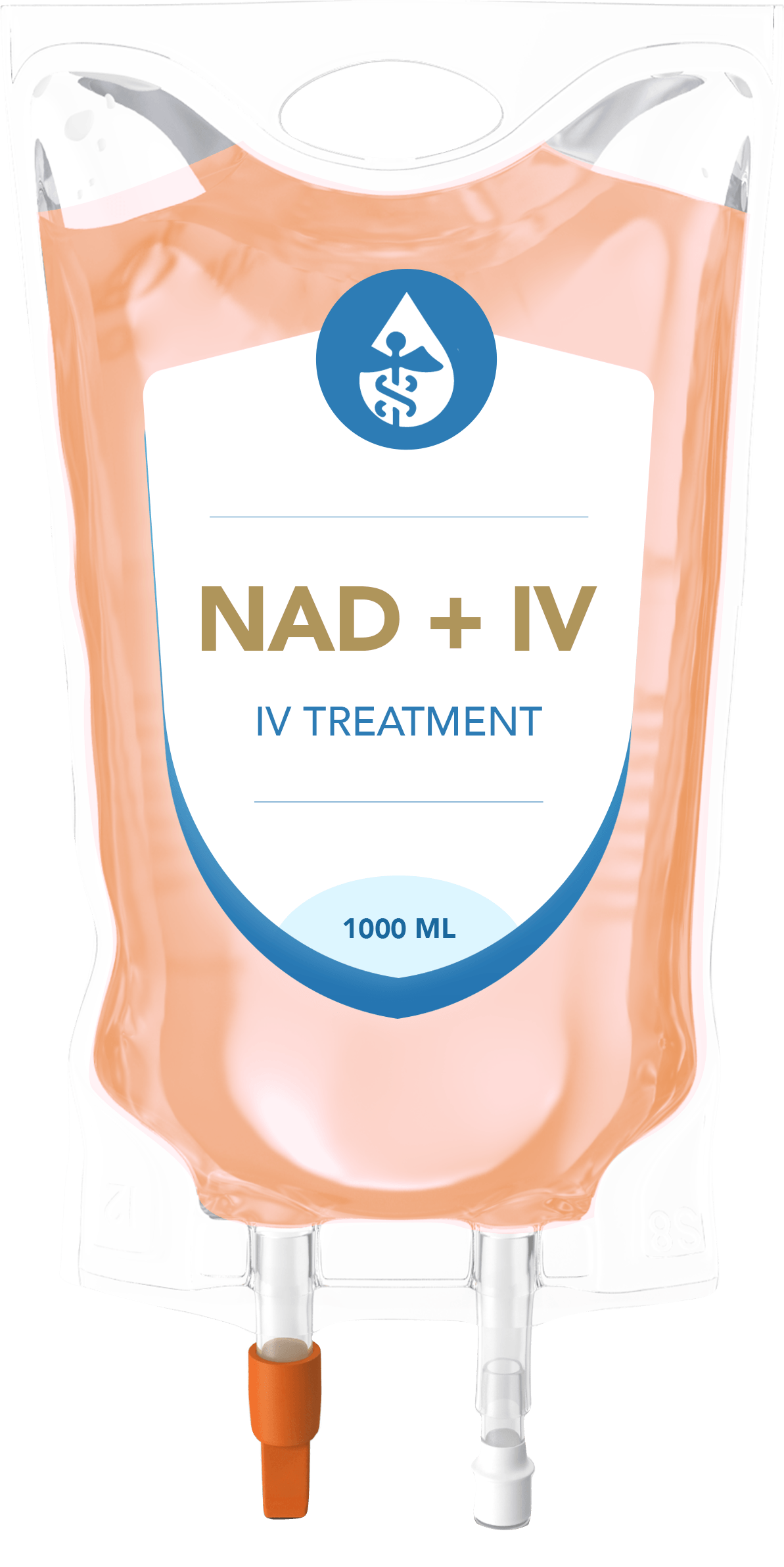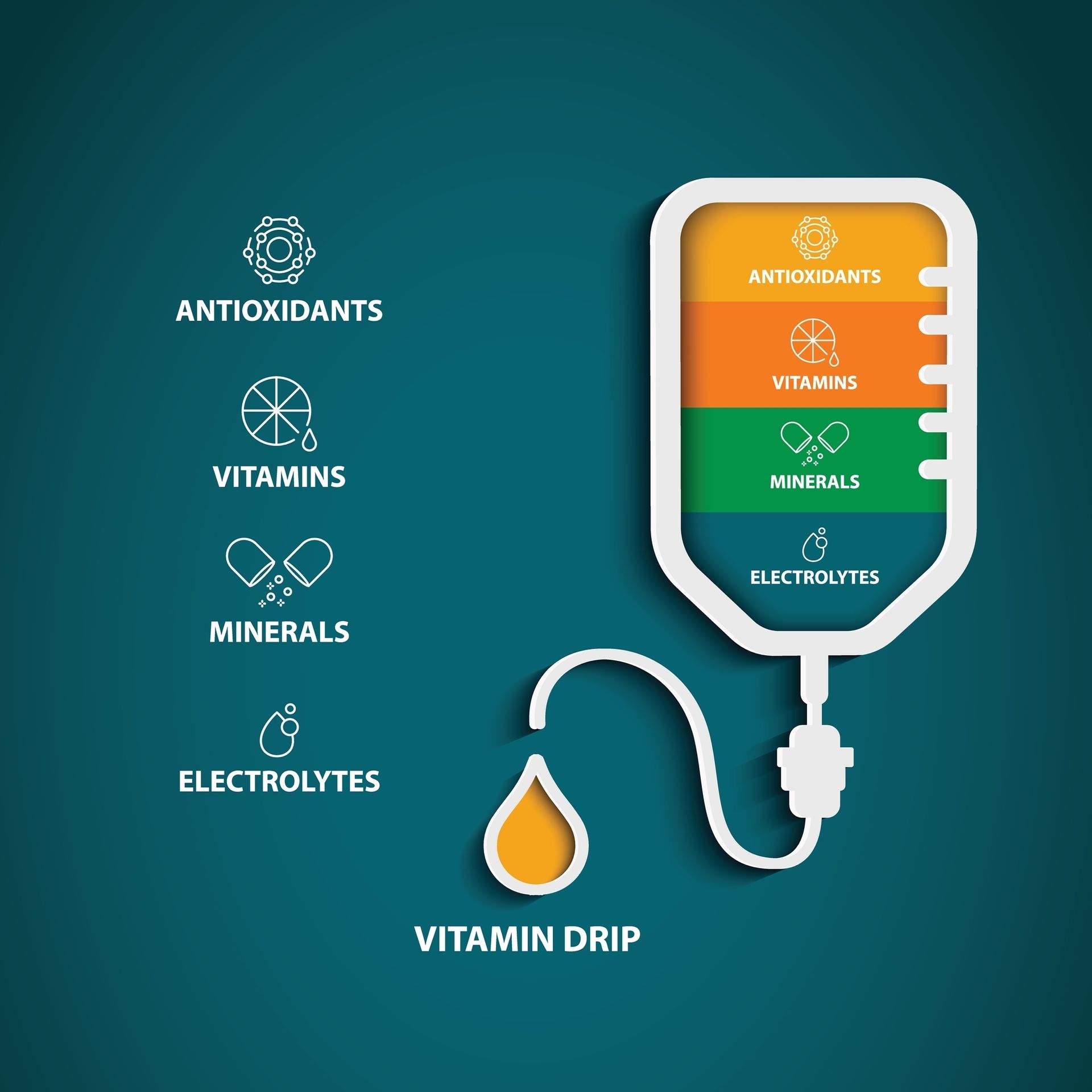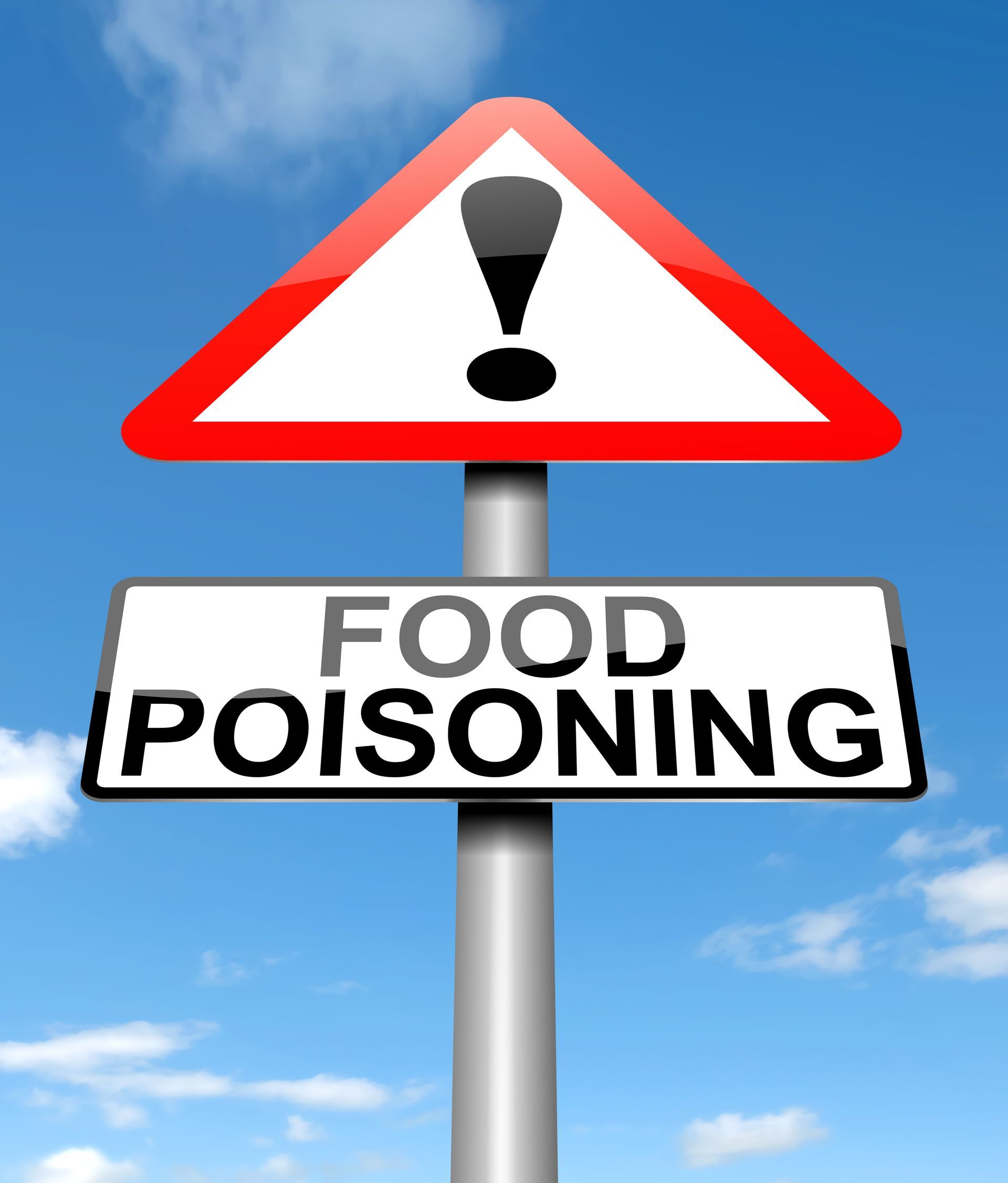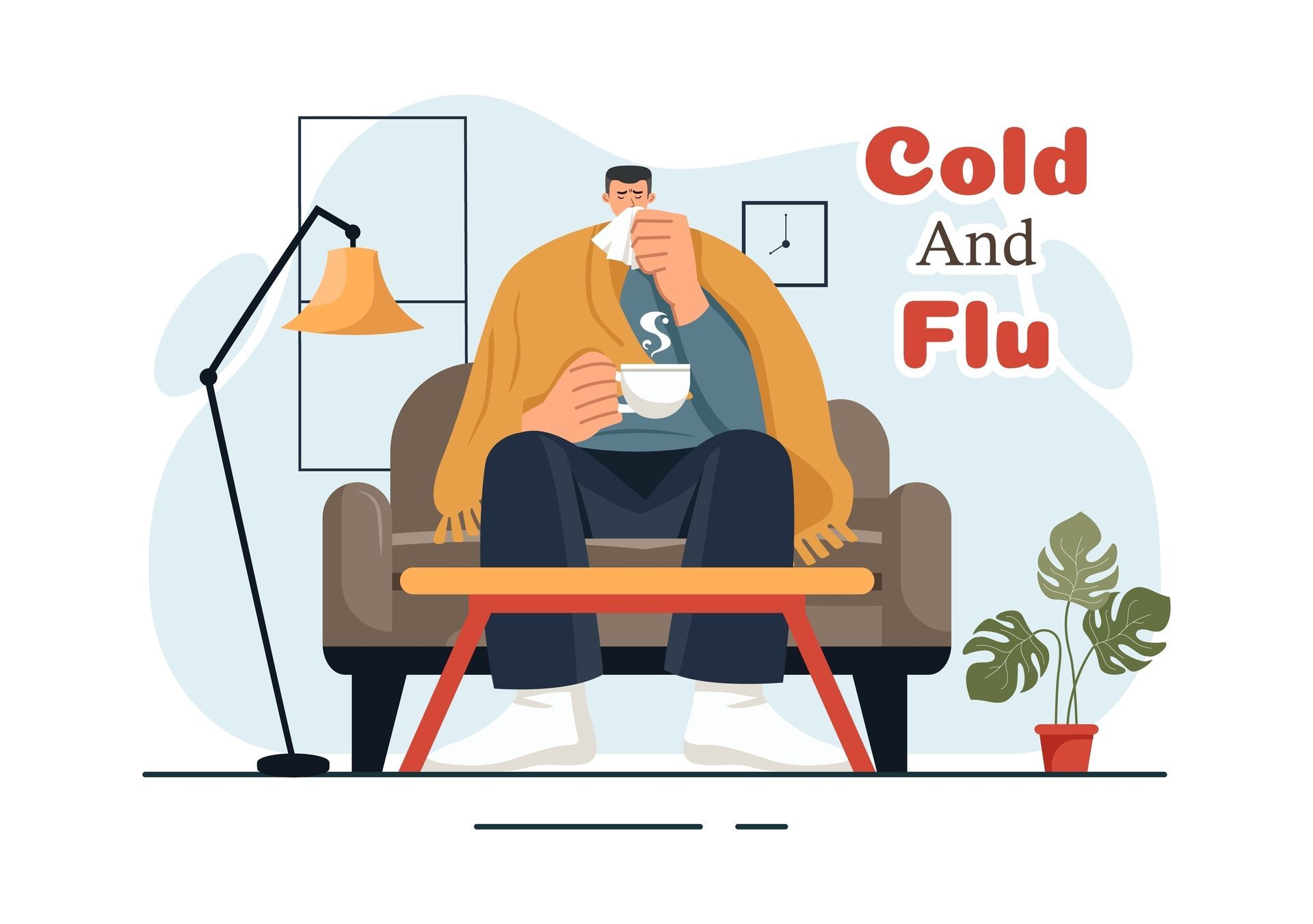Articles and Information
Natural Ways to Reduce Inflammation and Pain: Effective Home Remedies
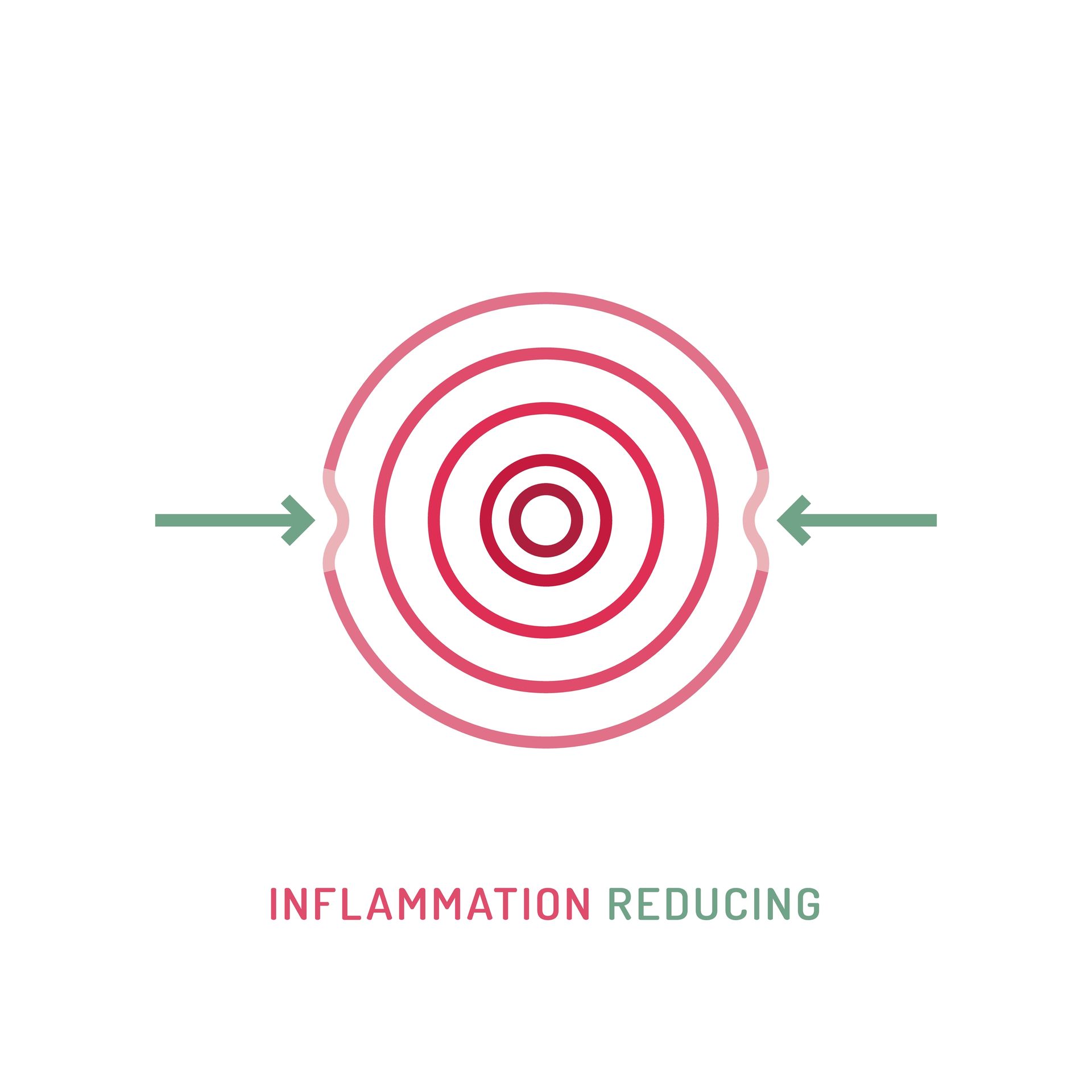
Living with chronic inflammation and pain can significantly impact your daily life, making even the simplest tasks feel overwhelming. Fortunately, there are numerous natural remedies that can help alleviate these symptoms. In this article, we will explore various aspects of inflammation and pain, including their causes, dietary influences, herbal remedies, lifestyle changes, and the importance of hydration and sleep.
Understanding Inflammation and Pain
The Link Between Inflammation and Pain
Inflammation is the body’s natural response to injury or infection. It is characterized by swelling, redness, heat, and pain. Pain, on the other hand, is a subjective experience often triggered by the inflammatory response. When the body identifies a trigger, such as an injury or pathogen, it releases chemicals that signal the immune system to respond, leading to inflammation. This process can cause discomfort and pain, making it crucial to manage both effectively.
Chronic inflammation can lead to persistent pain; thus, understanding this relationship is key to addressing both issues simultaneously. By targeting the inflammation, individuals can reduce pain levels and improve overall quality of life. Furthermore, the interplay between inflammation and pain is complex, as the nervous system can become sensitized over time, amplifying the perception of pain even after the initial inflammatory response has subsided. This phenomenon, known as central sensitization, highlights the importance of a comprehensive approach to treatment that considers both physical and psychological factors.
Common Causes of Inflammation and Pain
Many factors can contribute to inflammation and pain, including:
- Injuries or trauma
- Chronic diseases (like arthritis)
- Poor diet (high in sugar and processed foods)
- Stress
- Lack of physical activity
Each of these factors can exacerbate the body's inflammatory response, leading to pain. Identifying and addressing these causes can lead to better management of both inflammation and pain. For instance, dietary choices play a significant role; foods rich in antioxidants and omega-3 fatty acids can help combat inflammation, while a diet high in trans fats and refined sugars can worsen it. Additionally, regular physical activity not only helps in maintaining a healthy weight but also promotes the release of endorphins, which are natural pain relievers. Stress management techniques, such as mindfulness and yoga, can further aid in reducing inflammation by lowering cortisol levels, thereby creating a more balanced internal environment conducive to healing.
The Role of Diet in Inflammation and Pain
Anti-Inflammatory Foods
Diet plays a significant role in managing inflammation and pain. Incorporating anti-inflammatory foods into your diet can help reduce the inflammatory markers in your body. Some effective anti-inflammatory foods include:
- Fatty fish (like salmon and mackerel)
- Berries (such as blueberries and strawberries)
- Nuts (particularly walnuts and almonds)
- Greens (spinach and kale)
- Olive oil
These foods are rich in omega-3 fatty acids, antioxidants, and other nutrients that have been shown to combat inflammation and support overall health. For instance, fatty fish is not only a great source of omega-3s but also contains vitamin D, which is essential for immune function. Berries, on the other hand, are packed with anthocyanins, which are powerful antioxidants that help to reduce oxidative stress in the body. Incorporating a variety of these foods into your meals can create a synergistic effect, enhancing their anti-inflammatory properties and promoting better health.
Foods to Avoid for Reducing Inflammation
Just as certain foods can help reduce inflammation, others can exacerbate it. Foods to limit or avoid include:
- Processed foods
- Sugar and refined carbohydrates
- Trans fats (often found in fried and baked goods)
- Excessive alcohol
By steering clear of these foods, individuals may notice a significant decrease in their levels of inflammation and pain over time. Processed foods are often high in unhealthy fats and additives that can trigger inflammatory responses. Similarly, sugar and refined carbohydrates can lead to spikes in blood sugar, which may promote inflammation. Furthermore, trans fats not only contribute to heart disease but also have been linked to increased inflammatory markers in the body. Being mindful of these dietary choices and opting for whole, unprocessed foods can pave the way for a healthier lifestyle and improved well-being.
Natural Remedies for Inflammation and Pain
Herbal Remedies
Herbs have been used for centuries to alleviate inflammation and pain. Some popular herbal remedies include:
- Turmeric: Contains curcumin, a compound known for its anti-inflammatory properties.
- Ginger: Has natural anti-inflammatory effects and can help with pain management.
- Willow bark: Traditionally used as a natural pain reliever.
These herbs can be consumed in various forms, such as teas, supplements, or as spices in cooking, and can be a beneficial addition to the diet.
Essential Oils for Pain Relief
Essential oils have gained popularity for their therapeutic properties. Some oils that may provide pain relief include:
- Lavender: Known for its relaxing properties, it can also help reduce inflammation.
- Peppermint: Contains menthol, which may provide a cooling sensation and alleviate pain.
- Eucalyptus: Often used for muscle soreness and reducing pain associated with injuries.
To use essential oils, consider diluting them with a carrier oil and applying them topically, or using a diffuser for aromatherapy.
Lifestyle Changes to Reduce Inflammation and Pain
The Importance of Regular Exercise
Engaging in regular physical activity is crucial for managing inflammation and pain. Exercise helps to:
- Improve circulation
- Maintain a healthy weight
- Boost the immune system
Activities such as walking, swimming, or yoga can be great choices, as they are low-impact and can be adjusted to match individual fitness levels.
Stress Management Techniques
Chronic stress can lead to increased inflammation in the body. Implementing stress management techniques can be beneficial. Methods such as meditation, deep breathing exercises, and mindfulness can help to reduce stress levels. Additionally, pursuing hobbies and spending time in nature can boost mood and contribute to overall well-being.
The Role of Hydration and Sleep in Pain Management
How Hydration Affects Inflammation
Staying properly hydrated is essential for maintaining optimal health. Water helps to flush out toxins, supports cellular function, and can even contribute to reducing inflammation. Aim to drink enough water throughout the day, as dehydration can exacerbate inflammation and pain.
The Impact of Sleep on Pain Levels
Quality sleep is another crucial component of pain management. Poor sleep can lead to increased pain sensitivity and inflammation. Establishing a consistent sleep schedule, creating a restful sleep environment, and practicing relaxation techniques before bedtime can improve sleep quality, ultimately helping to reduce inflammation and pain.
In conclusion, managing inflammation and pain naturally involves a multifaceted approach. By understanding the underlying causes, making dietary changes, utilizing herbal and essential oil remedies, adopting an active lifestyle, managing stress, and prioritizing hydration and sleep, individuals can significantly improve their overall health and well-being.
